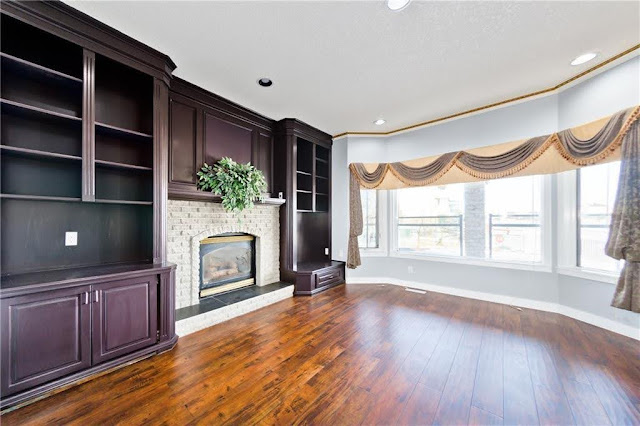
If you were to log on to most painter's chat rooms whether they're Facebook or on blogs one of the most common questions you will see is what is the best way to calculate pricing for residential paint job if you're a contractor.
Understanding your pricing is critical in order to win bids and bring your projects in on budget but all ways are not at all created equal. The first thing you really have to understand is what you're in the business of doing. Most people think that they paint for a living when in fact your true job is the owner of a painting business is to buy labor wholesale and to sell it retail.
That means you buy lots of hours from your painters and you sell just a few of them to the end user and what we would call projects. It's critically important that you understand exactly how far an hour of a painter's labor goes on any given surface with any given applicator just like you know how far paint goes.
On the side of every can there is a coverage rate and that's how you calculate how many gallons you need. Guess what? Every painting contractor has a coverage rate for painting a specific surface. For example, brushing and rolling interior walls might be 120 square feet an hour, so when you walk into a room you simply measure all the square footage of the walls to be painted.
Let's say it's 1200 square feet well at 120 square feet per hour brush and rolling. That tells you that 10 labor hours are needed to conduct that work. Really simple. That's called a production rate. Production rate is how long it takes a painter to paint a given object like a door or a window or how fast a painter can paint typically within an hour any given surface.
It could be linear feet of baseboard square footage of siding it could be the flooring of a deck but what you have is a production rate for every one of those services depending on whether your brushing rolling or spraying. Once you get those established the next thing that you need to understand other than the production rate is your charge rate your billing rate and your material markup rate.
Okay actually let me back up there. You need to understand your pay rate, your charge rate, and your material markup. So let's start first with the pay rate. Okay pay rate is simply what you pay your painters on average. Now say that you pay on $15, another $17.50, and another one 20. Your average pay rate's going to be $17.50.
And let's say with burden such as payroll taxes and deductions, etc, workers compensation, general liability. We round that up to $20 - that's your pay rate. Typically what you want to do is double your pay rate in order to get your charge rate. So if you're all in pay rate is $20 an hour you would charge $40, if it's $25 you would charge $50.
At the end of the day what you really want to do is to find out what the market will bare for a maximum ethical charge rate at the optimal sales closing rate. Now we can talk about sales in another conversation so now we have a production rate which is going to let us buy division in multiplication just simply measuring and then dividing or multiplying by the production rate how many labor hours we need.
We know what our charge rate is to the client so all we have to do is multiply for example 100 hours x $50 an hour for $5,000 and labor. So what do you do about materials. It's real simple. You simply take your projected material cost and then you multiply it by markup that you feel comfortable with. It could be 20%, could be 50%. Really depends on how deep of a discount you negotiated with the paint store and how much of those savings you want to pass along to the client.
And how much you feel you can ethically keep for negotiating those deals with the vendor, plus acquiring the materials, managing them, disposing of them, picking them up, and all of the logistics involved. So to recap the very best way to generate your estimates accurately for residential painting projects is to...
Number 1 - Develop production rates. It's as simple as measuring the square footage of a surface, setting a clock, painting, and then seeing what your average pace is in square footage, linear footage, or number of floor feet as you paint just like if you wanted to know how fast you ran a mile you just run a mile and set a clock.
Number 2 - You really need to understand your charge rate which is what you charge the clients. Your pay rate, what you pay your painters, and finally your material mark up. Your job is not to guess, it is not to use experience. It is to use documented data from the field to come up with very accurate measurements so that there's very little variation in the estimates that you write so you can come in budget more often.
And you can be competitive in the marketplace while watching and adjusting your charge rate and your sales strategies in real time. That's how you end up generating as much cash flow to you personally as the owner as is possible. I'm the Cheap Calgary Painter with 1/2 Price Pro Calgary Painting. If you just happen to be a consumer looking for a low cost, high quality, premium grade paint job, be sure you give our friendly Calgary Painters a call today @ (587) 800-2801. We can probably save you time and money on all types of professional painting and decorating in Calgary, Alberta, Canada.











No comments:
Post a Comment